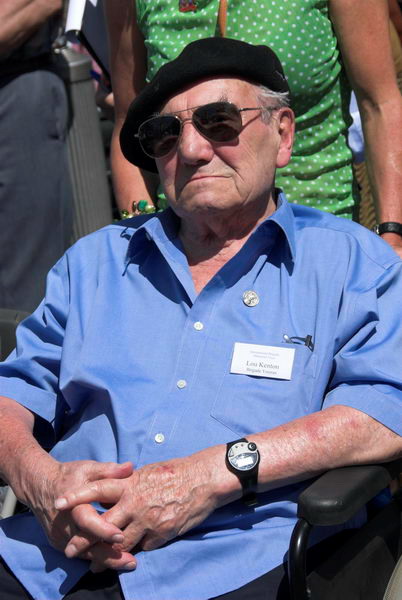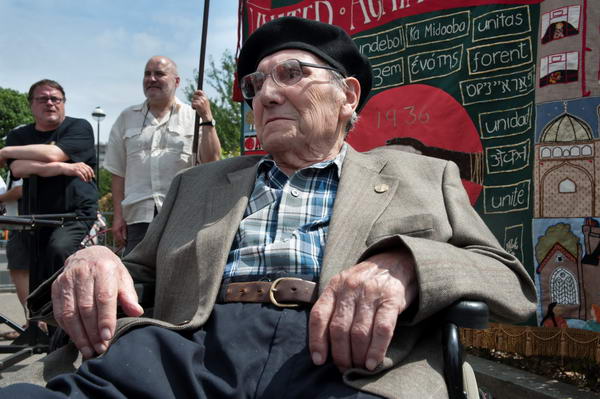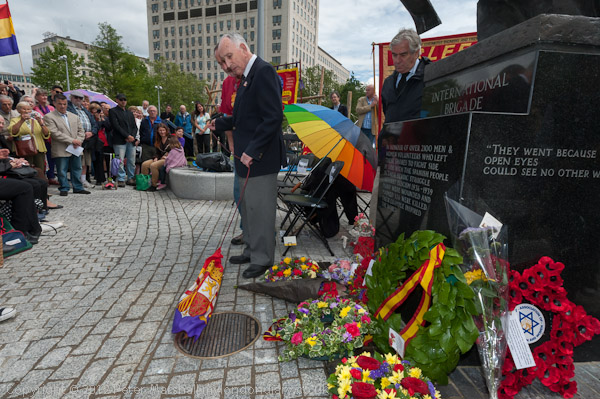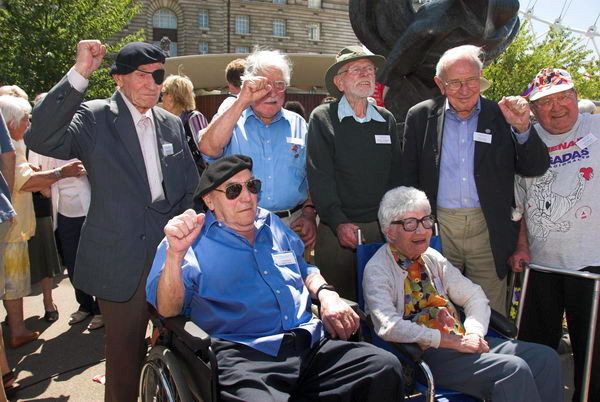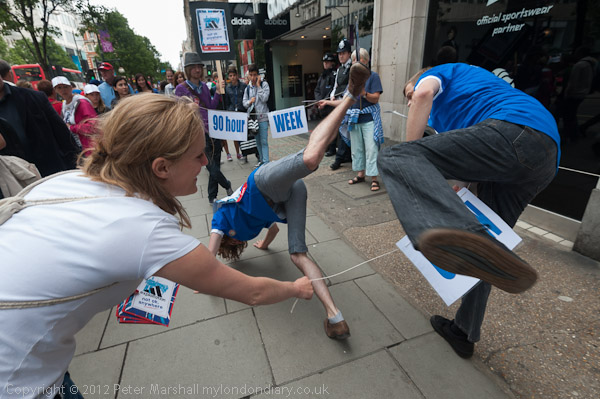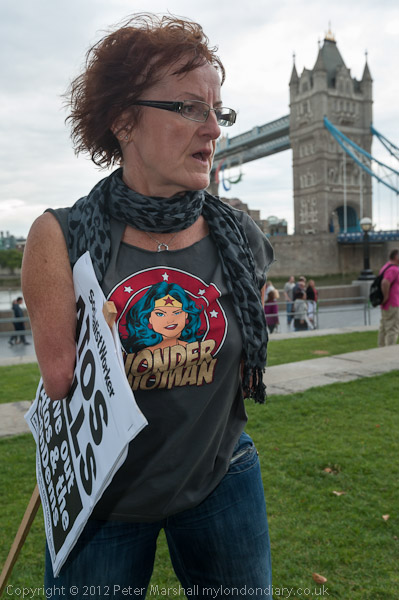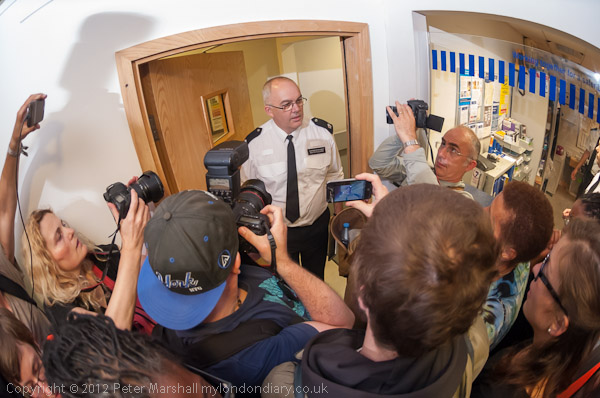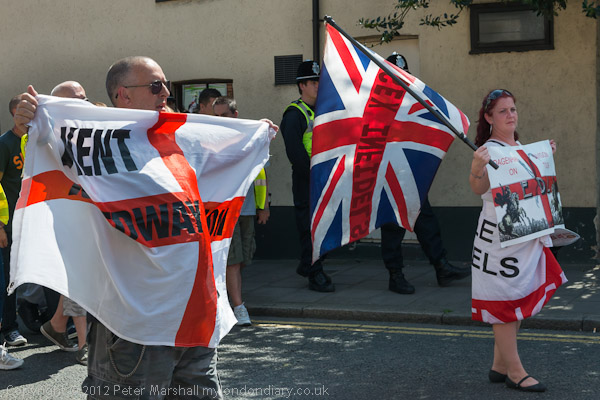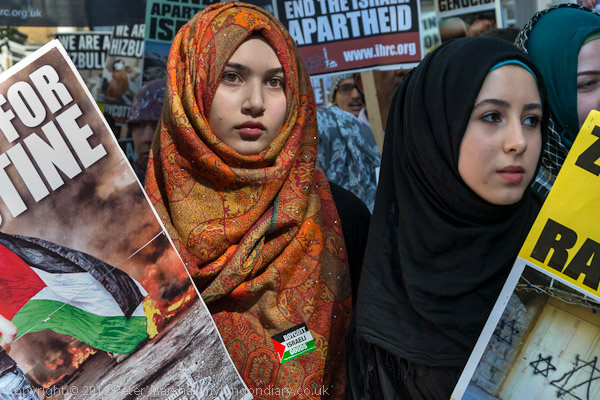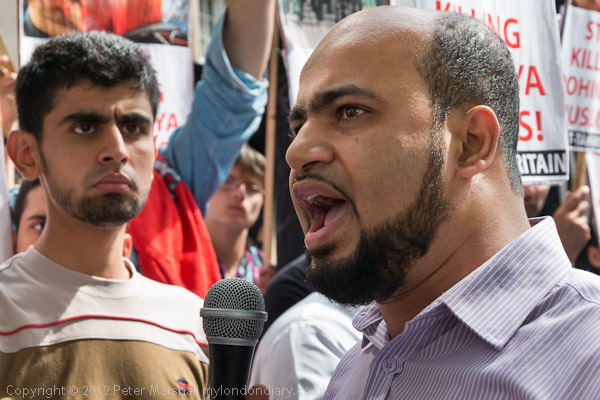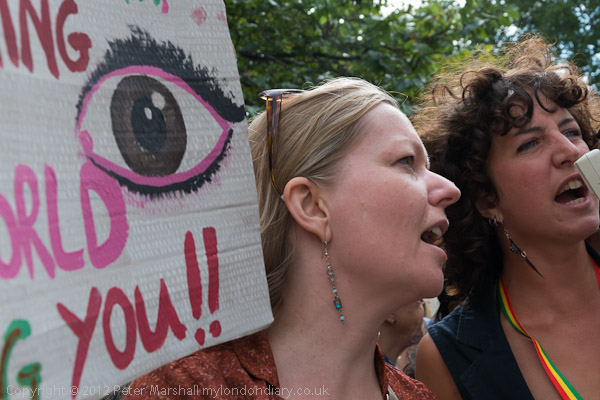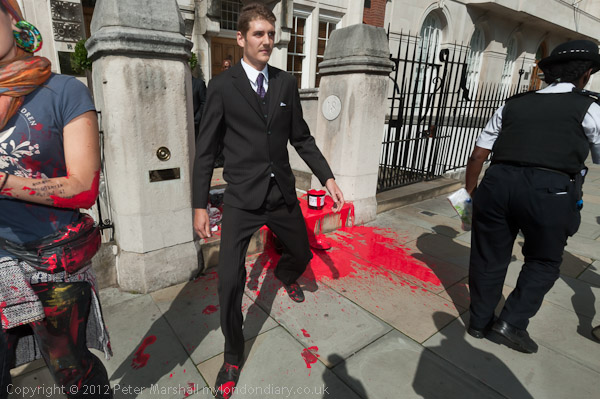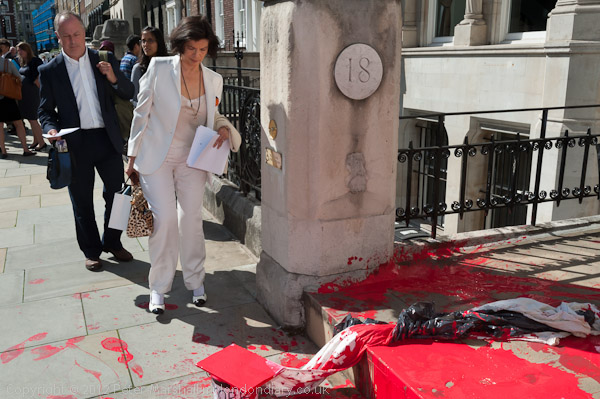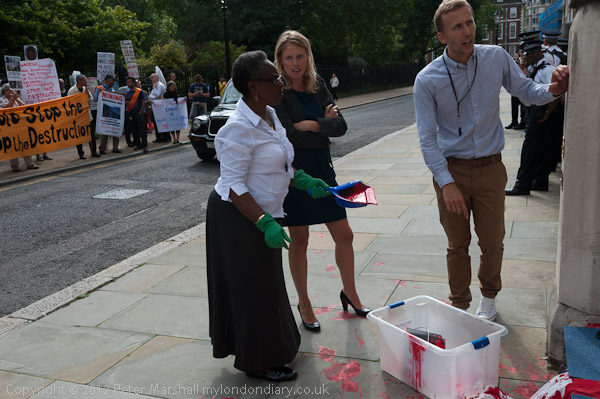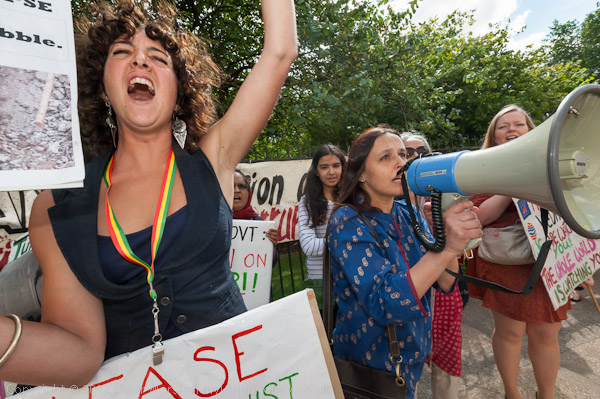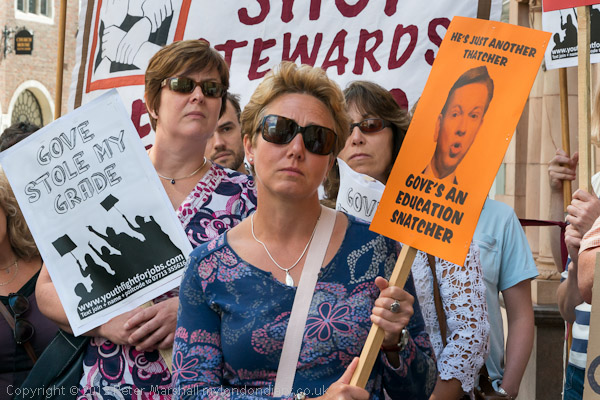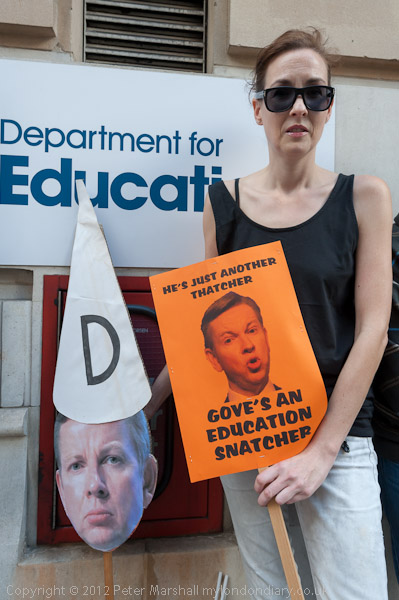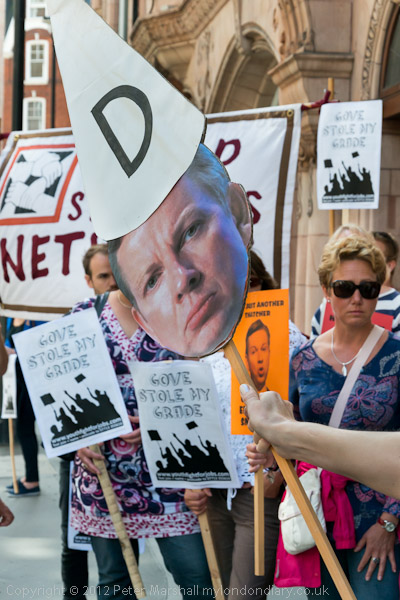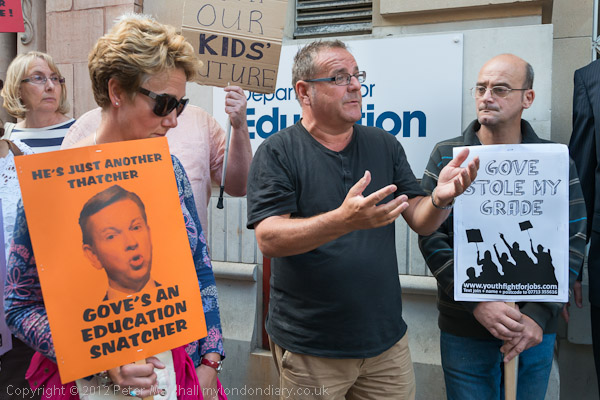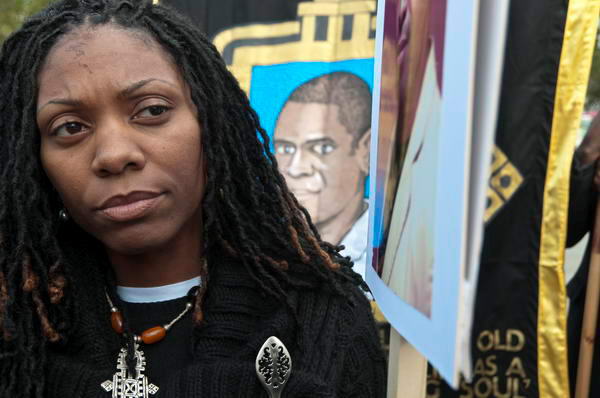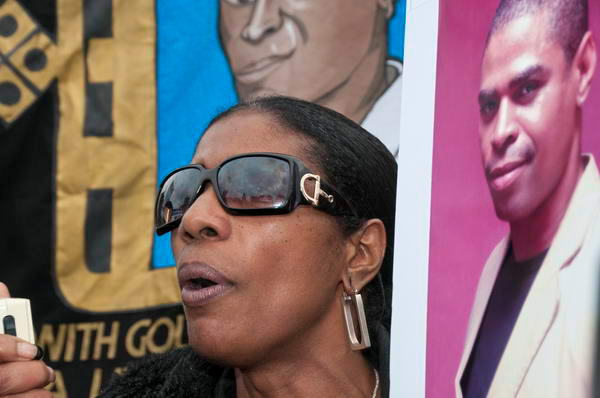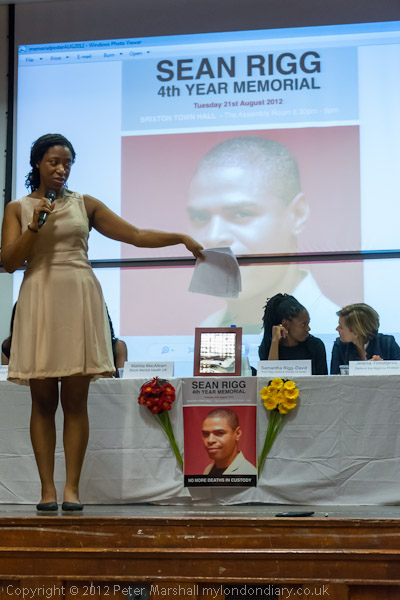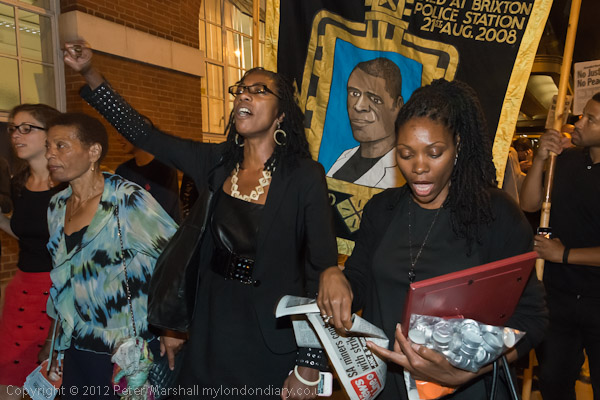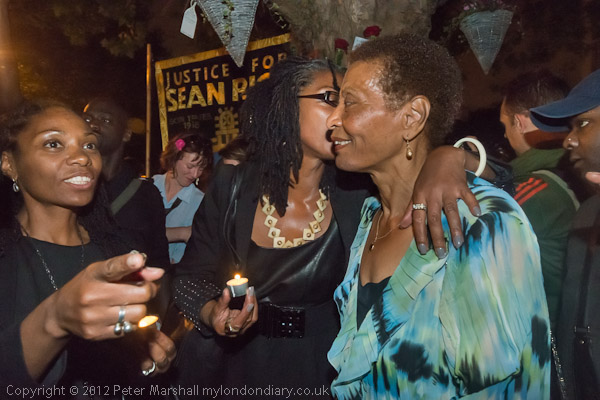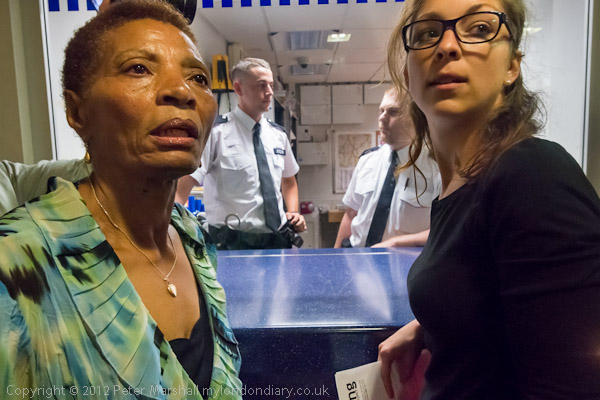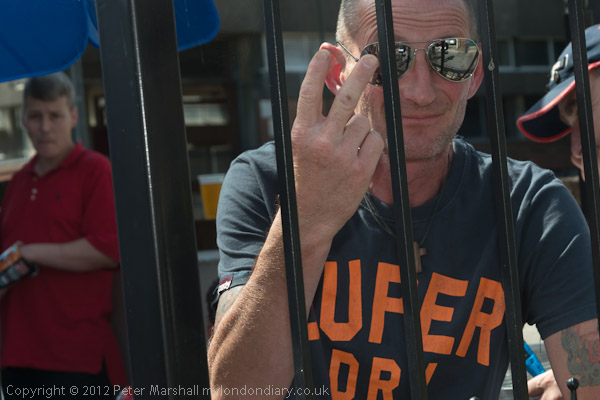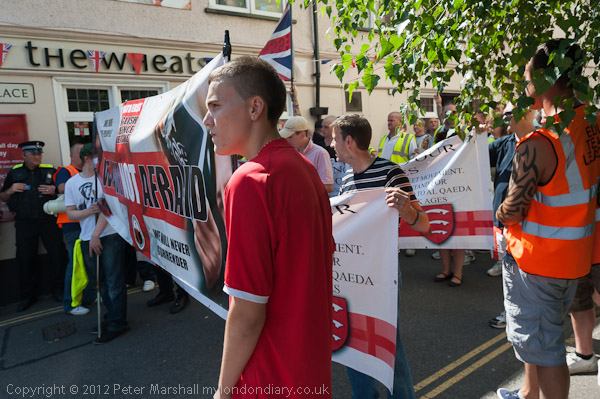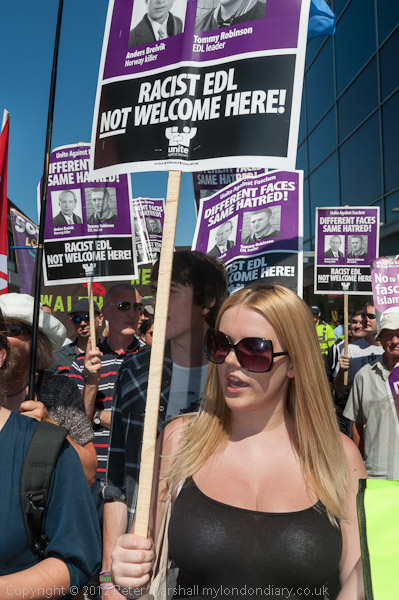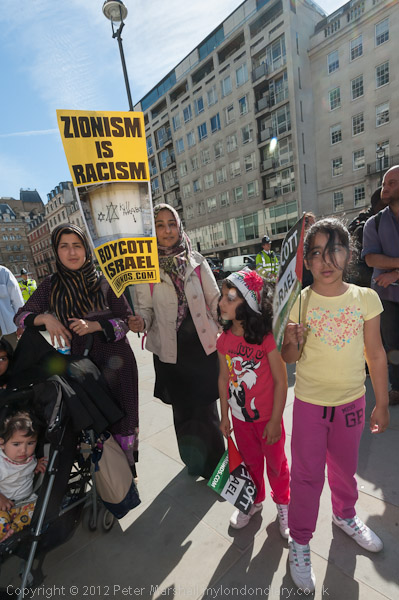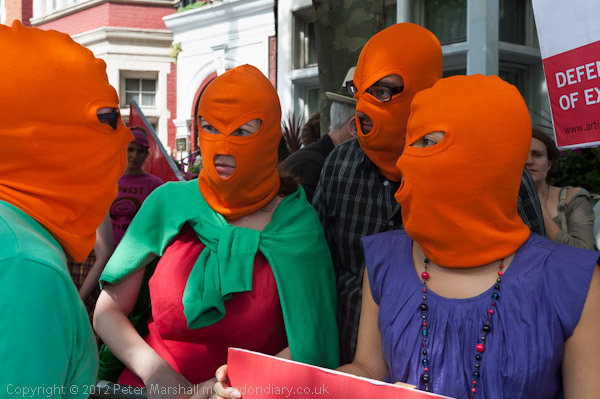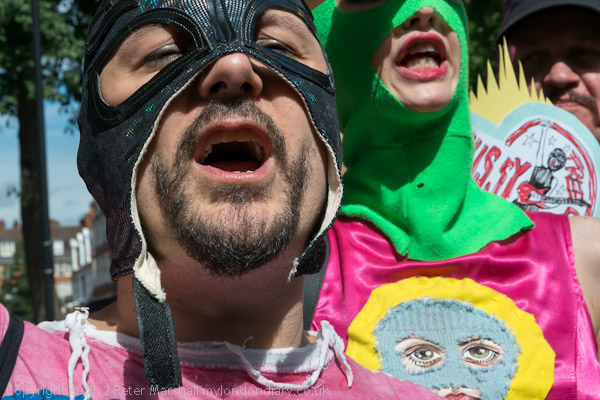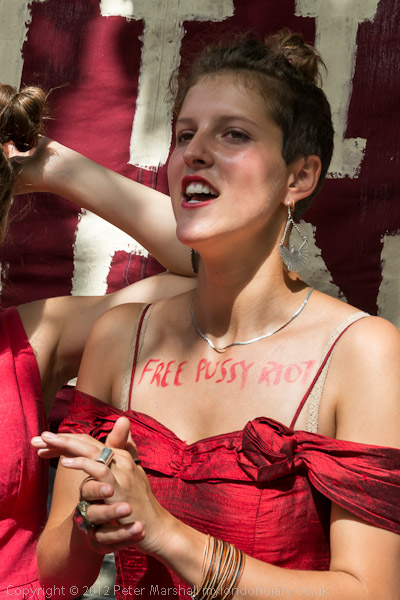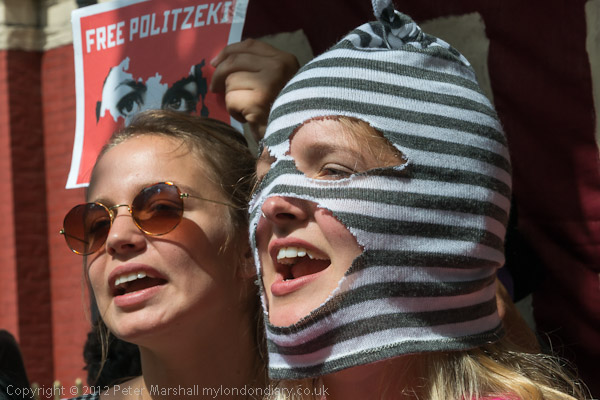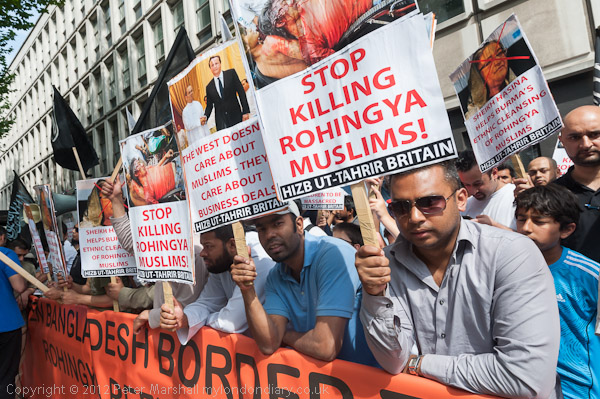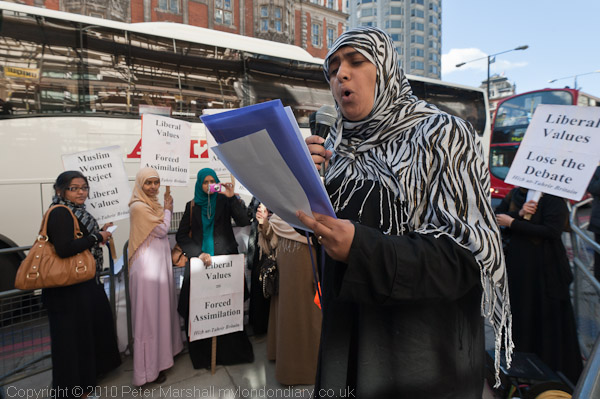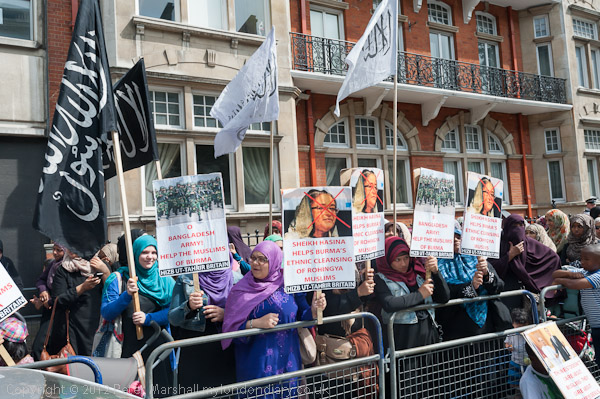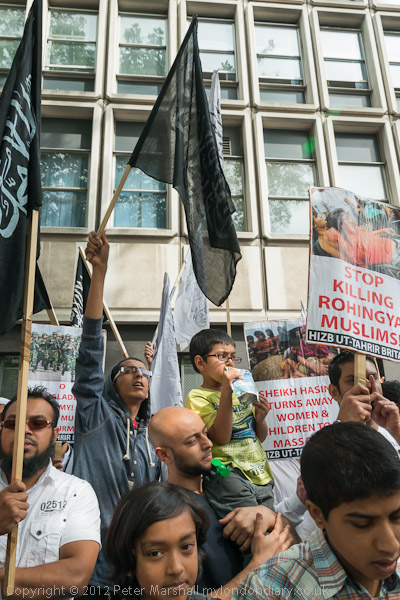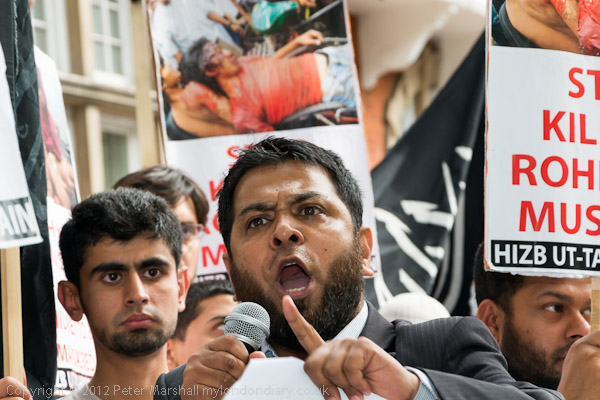You almost certainly won’t have heard about the March for Justice 2012, not if you rely on the newspapers and TV for news. Because although it is an event on a large scale which could have some fairly major consequences in various countries around the world, this Jan Satyagraha is taking place in India, and its start today, Gandhi’s birthday, is at Gwalior, over 200 miles away from Delhi. Over a hundred thousand people are expected to be on the march by the time it does arrive in Delhi at the end of the month, and it might then get a small mention. Otherwise we will only hear about this non-violent march should it meet with some catastrophe. Protests about land rights by the dispossessed rural poor aren’t news to our media organisations, although it’s an issue world-wide and one that is growing.
I won’t be going to India to photograph it, not least because I think it should and probably will be done better by Indian photographers (although we are unlikely to see their images) who have a more profound understanding of the conditions and cultural issues involved. But I was pleased yesterday to photograph a small event showing solidarity with the marchers and the movement, Ekta Parishad, which is organising it. Rather less pleased that the event at lunchtime took place in pouring rain.
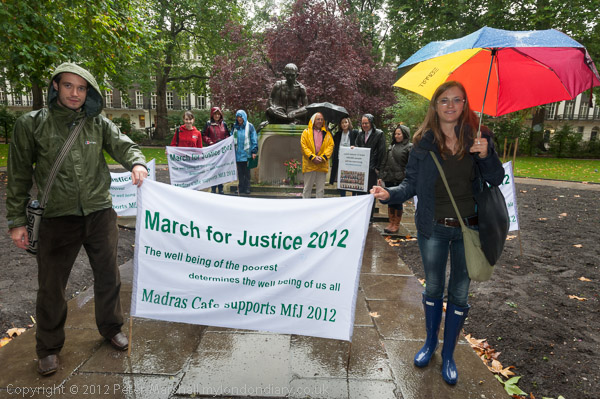
It wasn’t a very visual event, and the weather didn’t make any of us want to hang around outside. It was good to have the statue of Mahatma Gandhi (a fine work by Fredda Brilliant unveiled by Harold Wilson in 1968) watching over the event, but I found it difficult to really make much use of it, and close to the light from the sky was giving some troublesome flare over the dark metal head unless I made sure there were trees behind.
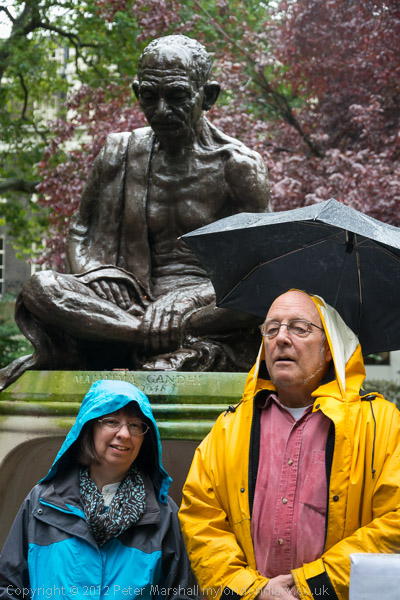
I put these and a more few pictures on Demotix, along with an article which as so little is likely to appear elsewhere outside the Indian press I’ll repost here.
Supporters of the land rights movement Ekta Parishad in India met at the Gandhi memorial in London in a show of support for Jan Satyagraha – March for Justice 2012 from Gwalior to Delhi which starts on Gandhi’s birthday, 2 October.
The just over a dozen people who met at the memorial to Mahatma Gandhi in the middle of Tavistock Square came from a number of charities which work with groups in India, including Christian Aid, War on Want, Action Village India and others. Because of heavy rain the speeches and discussion which had been scheduled for the square were abandoned and the discussion continued in nearby Friends Meeting House.
The march in India, organised by Gandhi-inspired grassroots land-rights movement Ekta Parishad, and attracting support from over 200 Indian organisations will have 100,000 marchers who will take 30 days to cover the almost 220 mile from Gwalior in Madhya Pradesh to Delhi, eating just one meal a day. They are determined to make their voice heard by the Indian government, and both the government and the opposition BJP are now taking an interest in land issues.
According to recent studies, almost half of Indian children are malnourished. Economic development has not benefited they poor, but has allowed large firms to establish legal claims to land on which many of them have lived for generations. The displaced people lose any chance of growing their own food, and have to move to the towns where they try to scrape a living, often with little success.
The march by Ekta is being supported by groups throughout Europe, including Action Village India (AVI) who organised today’s event and other UK charities. Last Saturday the Swiss section of the International Human Rights Society dedicated the 2012 Human Rights Award to P V Rajagopal, President and founding member of Ekta and Vice Chair of the Gandhi Peace Foundation, “in recognition of his dedicated engagement and the non-violent action in favour of the most disadvantaged people in India.”
AVI delivered a letter in support of the land rights movement to the Indian High Commission in Aldwych for Indian Prime Minister Manmohan Singh before coming the event at the statue of Mahatama Gandhi, who was born Oct 2, 1869 and assassinated in 1948 shortly after independence.
In a phone link with the march organisers in Gwalior we heard of the plans being made for the march with many thousands already having arrived at the Mela Ground for its start tomorrow, and also of talks with several Indian government ministers who were telling Ekta that there was no need for the march as the government was committed to taking action. The Indian Minister for Rural Development, Mr Jairam Ramesh, has promised to come and talk to the marchers in Gwalior tomorrow and give some specific answers to the people’s claims. The marchers can now celebrate these official promises and the march will provide the government with the support they will need to carry reforms through as well as the pressure to ensure that this time they will keep their promises.
Five years ago, in 2007, Ekta organised a march of 25,000 people to Delhi, and Rajagopal met the minister for rural development and government officials who set up a Committee on Land Reform and a Council chaired by the Prime Minister to take things forward. But although this led to a Forest Rights Act which gave more rights to the adivasis, Indias traditional forest-dwelling communities, little has been done to implement this and the promises have not been delivered.
Action Village India is a charity started by people who had lived or worked in India which supports six locally-based partner organisations in which work with marginalised and disadvantaged rural people in the Gandhian tradition of non-violent change. It isn’t a rich charity, but a hard-working one, and one source of their income is the Madras café run by AVI volunteers at WOMAD and some other events. Ekta have been one of the organisations they have supported since 2001.
